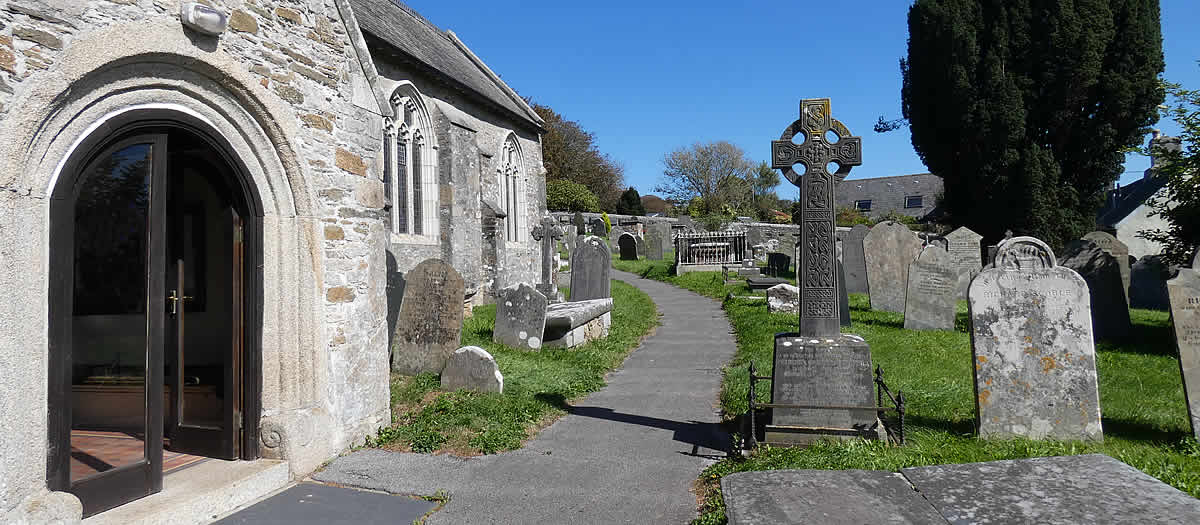Heritage
'BRIXTON, a pleasant village, 4½ miles E. of Plymouth, has in its parish 822 souls, and 2865 acres of fertile land, bounded on the south-east by the Yealm estuary, and including the small hamlets of Spriddleston, Hareston, Winston, and Coombe. The manor of Brixton, anciently called Briticheston, was long held by a family of its own name, but after passing to various other families, it was dismembered many years ago. T. W. Parrott, Esq., is lord of the manor of Hareston, which he derived from the Winters. This manor was successively held by the Reynald, Hareston, Silverlock, and Wood families; the latter of whom resided for many generations in the old mansion, which was built in the reign of Henry VII., and was partly destroyed by fire in the last century. The remains of this ancient building are still preserved. Mr. Elliott is lord of the manor of Spriddleston, which has been held succesively by the Spriddle, Fortescue, Lane, and other families. E. R. P. Bastard and Sir T. T. F. E. Drake own a great part of the parish, the former having Wollaton, and the latter the Sherford estate. The Church has a lofty tower and five bells, and is an ancient structure in the decorated style. It was appropriated to Plympton Priory. The perpetual curacy, valued at £107, is in the patronage of the Dean and Canons of Windsor, and incumbency of the Rev. Richard Lane, who has neither parsonage nor glebe. The tithes belong to Henry Collins-Splatt, Esq., and were commuted in 1839, for £640. They were sold by the patrons in 1800. The benefice is endowed with a farm of 37A. 3R. 5P., at Modbury, purchased with £400 left by Elize Hele, in 1658. The parish has three tenements, occupied rent free by poor people; and ten cottages with gardens, &c., purchased with the poor's money, in 1594 and 1596. Belonging to the same charity are £250 three per cent. consols, which arose from fines paid by the lessees. The clear yearly income, about £30, is distributed in clothing among the poor, about Christmas. Half an acre of play ground, called the Parish Park, was planted with elms by Edward Fortescue, Esq., in 1677.' from William White's History, Gazetteer, and Directory of Devonshire 1850. The History of Brixton and its parish lands is much more than a Directory entry. Besides the Church, records of which go back many centuries, there have always been landowners of repute and some renown. In 1835, for example, Henry Collins-Splatt commissioned George Wightwick to add to the much earlier Brixton House; Spriddlestone House sports several Georgian features, whilst at West Sherford the former Manor House was granted to Sir Francis Drake after his round the world voyage. However, we thought you might like to look at some other research too... many thanks to Samantha Tucker for her sturdy work in this respect. Many old records of Brixton Village and Parish are located at the Plymouth and West Devon Record Office. |

